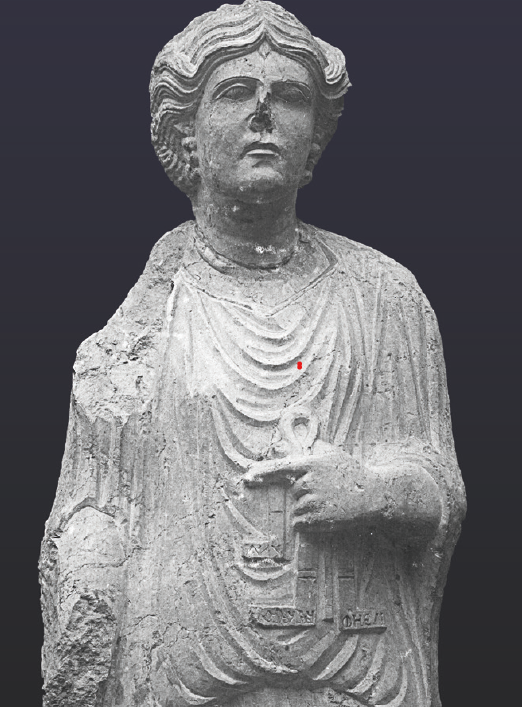Palmyrene Funerary Sculptural Representations with Greek, Latin and Bilingual Inscriptions
New publication by Rubina Raja and Jean-Baptiste Yon (Laboratoire HiSoMA).

Based on the numerous public bilingual inscriptions, the city of Palmyra has been referred to as the only true bilingual city in the Roman Near East. In a new article by Professor Rubina Raja and Professor Jean-Baptiste Yon (Laboratoire HiSoMA), all known Palmyrene funerary sculptural representations with Greek, Latin and bilingual (Palmyrene Aramaic and Greek) inscriptions are presented.
Since 2012, the Palmyra Portrait Project, directed by Rubina Raja and funded by the Carlsberg Foundation, has collected a corpus of about 4000 portraits divided across 2967 objects. Among these, only 37 carry Latin, Greek and bilingual inscriptions. Viewing these few within the framework of the more than 1100 funerary inscriptions in Palmyrene Aramaic, another picture becomes evident in the private sphere of the otherwise bilingual city of Palmyra.
The new article is published in Zeitschrift für Orient-Archäologie (Band 14), and it is accompanied by a thorough and detailed catalogue of all 37 objects:
Raja, R. & Yon, J.-B. (2022). “Palmyrene Funerary Sculptural Representations with Greek, Latin and Bilingual Inscriptions”, Zeitschrift für Orient-Archäologie 14 (2021), 170–229.
